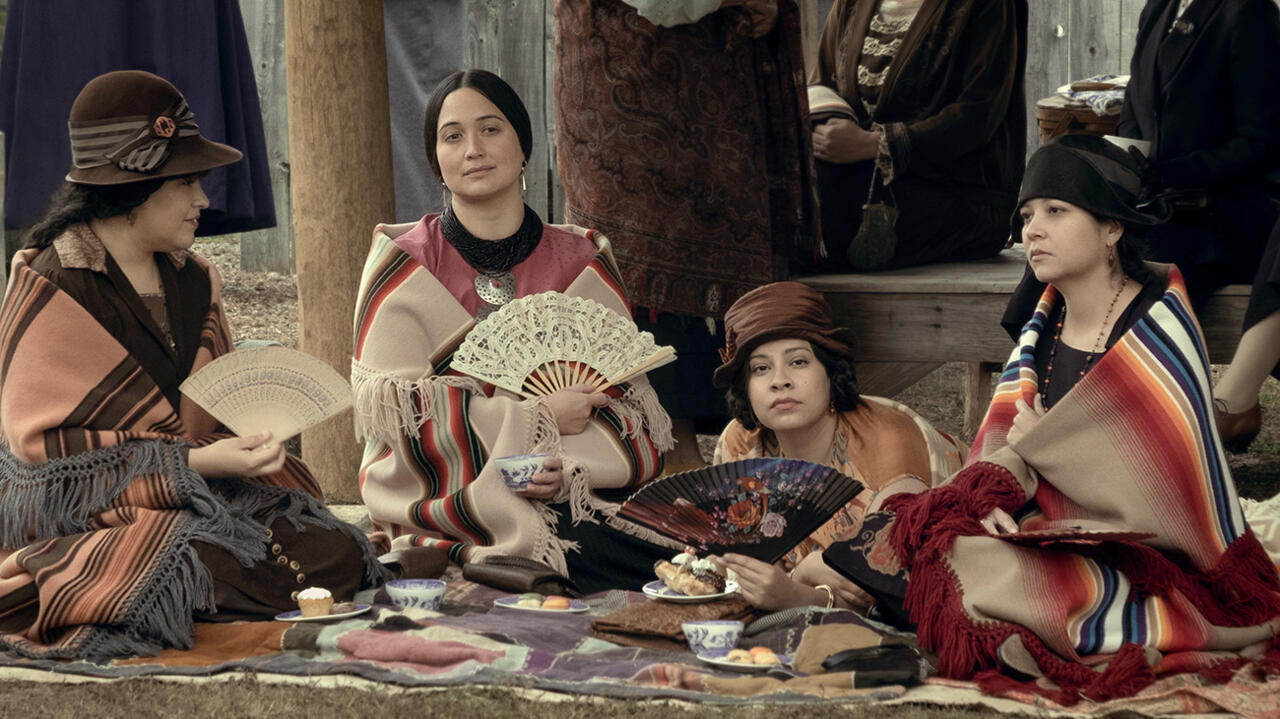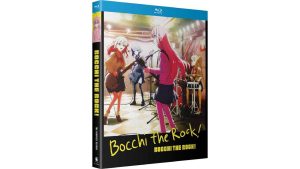Killers of the Flower Moon comes with a pair of bookshelves that play to me like a Martin Scorsese director who has accepted defeat. The film opens with an old newsreel that vaguely tells us about the wealth of the Osage people, how an oil deposit in the Osage land gave these Native Americans great wealth and a rich lifestyle. Over three hours later, it completes the story with a true crime radio drama ending, complete with sound effects and cartoon voice acting a la A Prairie Home Companion.
In between these scenes, Killers of the Flower Moon is a detailed character study of a white family’s attempts to destroy the Osage while pretending to be their friends—it’s a true story. But these bookshelves feel like an acknowledgment of the format’s limitations—try as they might, Scorsese et al. Can’t really do justice to this story with something so trivial as a movie. Even one that lasts three and a half hours.
Warning: This review contains light spoilers for Killers of a Flower Moon related to character development based on the true story behind the film.
Still, Killers of the Flower Moon is an experience. The film is about Leonardo DiCaprio’s Ernest Burkhart, who shows up in Oklahoma to work with his uncle William (Robert De Niro) and his brother (Scott Shepard), who are involved in the Osage community. Ernest begins his time there working as a taxi driver and soon meets an Osage woman named Molly Kyle (Lily Gladstone).
Uncle William encourages Ernest to get close to Molly–if he marries her, Ernest can inherit the Osage title, which gives members of the Osage Nation a share of their oil money. But as long as Molly’s family is alive, she cannot inherit anything. And so, one by one, Molly’s sisters and other Osage people are killed, the sheriff doesn’t care, and it’s William who’s behind it all.
The way The Flower Moon Assassins deal with Ernest in particular is fascinating, almost portraying him as an innocent and unsuspecting man being manipulated by his horrible uncle. But the film gradually unravels him piece by piece, at first merely hinting that he might know more about these dark schemes, then slowly, over hours, revealing the painful depth of his complicity. But even through it all, Ernest clings to his belief in his own goodness – he can never fully come to terms with the reality of his life with William, which causes Ernest to call him king.
A large part of Ernest’s cognitive dissonance is inspired by what the film portrays as his seemingly genuine love for Molly. Molly is a reserved woman, but she falls for Ernest because he’s so open and sincere—he admits that he enjoys using financial money instead of trying to pretend like other men, and Molly appreciates it. clearly

Molly is also in a difficult position because all the full-grown Osages needed a white guard to access their money—something we see Molly have to do several times throughout Killers of the Flower Moon. Marrying Ernst seems to get her out of this problem, assuming he’s not a bad person, and so the passion isn’t hard to appreciate.
Gladstone’s almost stoic performance is in stark contrast to DiCaprio’s rather emotional and ever-talkative De Niro – he gets a lot of play with small expressions, like a little smirk, side eye and things like that. He has the air of a character who is always thinking about the situation and realizes that he doesn’t have many options. And while he’s rarely loud, he always carries himself with a serious presence.
But for me personally, as someone who has a lot of personal experience in real life and personally with William’s brand of two-faced Christianity, it’s De Niro who made the biggest impact. De Niro perfectly adopts the comforting old man manner of spouting gospel truths every time an Osage person is killed — even though his character was responsible for all the grief in the first place. It’s terrible, but to me the dichotomy is very real and poignant, and Killers of the Flower Moon dances a fine line that few filmmakers but Scorsese could pull off. See also: Silence, a religious drama that I consider Scorsese’s masterpiece.
Key to everything I love about Killers of the Flower Moon is its length. This thing is three hours and 26 minutes long, which is a lot of time to sit in a theater, but it’s a necessary length. If anything, it’s not enough. Killers of the Flower Moon is an immersive experience that shows you what you need to see rather than telling you what you need to know. It’s the kind of everyday story that puts you in the shoes of these characters as best you can – there’s real depth to the narrative, and the result is that by the end of our feel Molly truth instead of simple to know it.
Because of that, I could have been fine for a long time. Killers of the Flower Moon is very long, yes, but that length, along with Scorsese’s approach to filmmaking, allows us to really live with these characters and understand them in a meaningful way—but with more time, Maybe we could even recognize them. Better.






